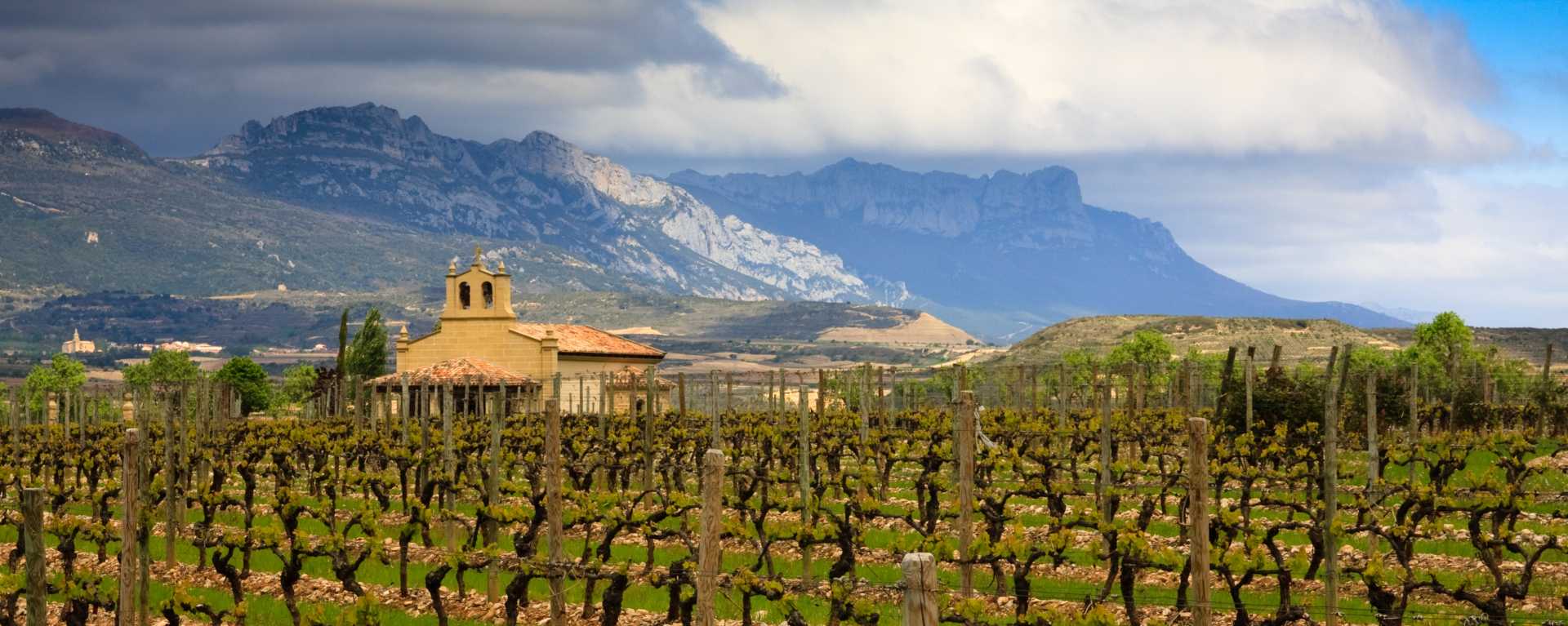Hiruzta Txakoli Brut Nature Rose 2017



Product Details
Your Rating
Somm Note
Winemaker Notes
Pair this wine alongside appetizers, hors d’oeuvres, mild cheeses, shellfish, fish, rice, pulses, white meats or desserts.




The name Hiruzta means “a three-person harvest” in Basque, referring to winery owners Asensio Rekalde and his sons Txarli and Angel, whose shared dream of creating a winery in Hondarribia is now a reality. Txakoli production in this village dates back to 1186, however the tradition was lost during a long stretch of sieges and battles that took place there in the early 1600’s. Through years of work the Rekalde family has recovered and revitalized Hondarribia’s viticultural heritage, with nine vineyard plots that sit in the Jaizkibel foothills that surround the winery. Hiruzta is not only a winery, it is a philosophy of life. Bringing together discovery, passion and culture; this family winery is located in Txakoli (pronounced cha-ko-lee) a region in Northeastern Spain’s Basque country. Known for producing light, crisp wines from indigenous grapes like Hondarrabi Zuri, they are an excellent aperitif and since they are lower in alcohol it makes for the perfect Summer sipper.
Txakoli is the wine produced in the Basque Country of Spain, mainly with the Hondarrabi Zuri grape variety; a native grape that makes Txakoli stand out from any other wine worldwide. Txakoli has been produced in Hondarribia for several centuries, it is the city to which this native grape owes its name. It is picturesque fishing village that has managed to ensure the preservation of its architecture, history and an important gastronomic culture among its inhabitants. Txakoli is a slightly sparkling, very dry white wine with high acidity and low alcohol content. It is normally served as an aperitif and drunk within one year of bottling as it cannot be stored for much longer. The most common, white, variety has a pale green color, but there are red and rosé varieties. When served, it is normally poured into tall glasses from a height.

What are the different types of sparkling rosé wine?
Rosé sparkling wines like Champagne, Prosecco, Cava, and others make a fun and festive alternative to regular bubbles—but don’t snub these as not as important as their clear counterparts. Rosé Champagnes (i.e., those coming from the Champagne region of France) are made in the same basic way as regular Champagne, from the same grapes and the same region. Most other regions where sparkling wine is produced, and where red grape varieties also grow, also make a rosé version.
How is sparkling rosé wine made?
There are two main methods to make rosé sparkling wine. Typically, either white wine is blended with red wine to make a rosé base wine, or only red grapes are used but spend a short period of time on their skins (maceration) to make rosé colored juice before pressing and fermentation. In either case the base wine goes through a second fermentation (the one that makes the bubbles) through any of the various sparkling wine making methods.
What gives rosé Champagne and sparkling wine their color and bubbles?
The bubbles in sparkling wine are formed when the base wine undergoes a secondary fermentation, which traps carbon dioxide inside the bottle or fermentation vessel. During this stage, the yeast cells can absorb some of the wine’s color but for the most part, the pink hue remains.
How do you serve rosé sparkling wine?
Treat rosé sparkling wine as you would treat any Champagne, Prosecco, Cava, and other sparkling wine of comparable quality. For storing in any long-term sense, these should be kept at cellar temperature, about 55F. For serving, cool to about 40F to 50F. As for drinking, the best glasses have a stem and a flute or tulip shape to allow the bead (bubbles) and beautiful rosé hue to show.
How long do rosé Champagne and sparkling wine last?
Most rosé versions of Prosecco, Champagne, Cava or others around the “$20 and under” price point are intended for early consumption. Those made using the traditional method with extended cellar time before release (e.g., Champagne or Crémant) can typically improve with age. If you are unsure, definitely consult a wine professional for guidance.

On the southern edge of the rocky Bay of Biscay in northern Spain, this is Basque country and home to the refreshing and slightly effervescent (usually) white wine, Txakoli. Three subregions compose the larger one: Getariako Txakolina, Bizkaiko Txakolina and Arabako Txakolina. While Hondarribi Zuri and Hondarrabi Beltza are the main grape varieties, other French varieties are scattered throughout the region.
